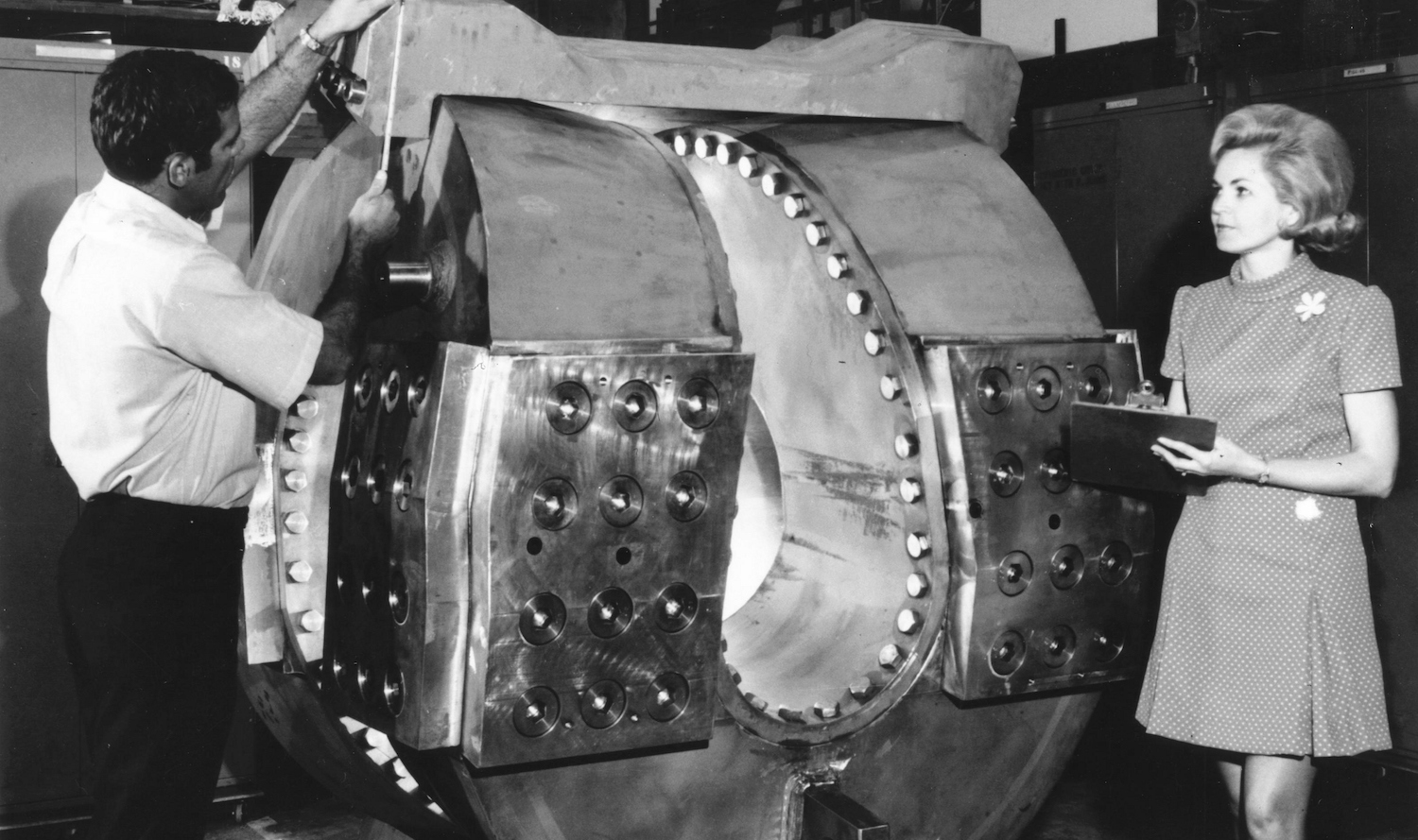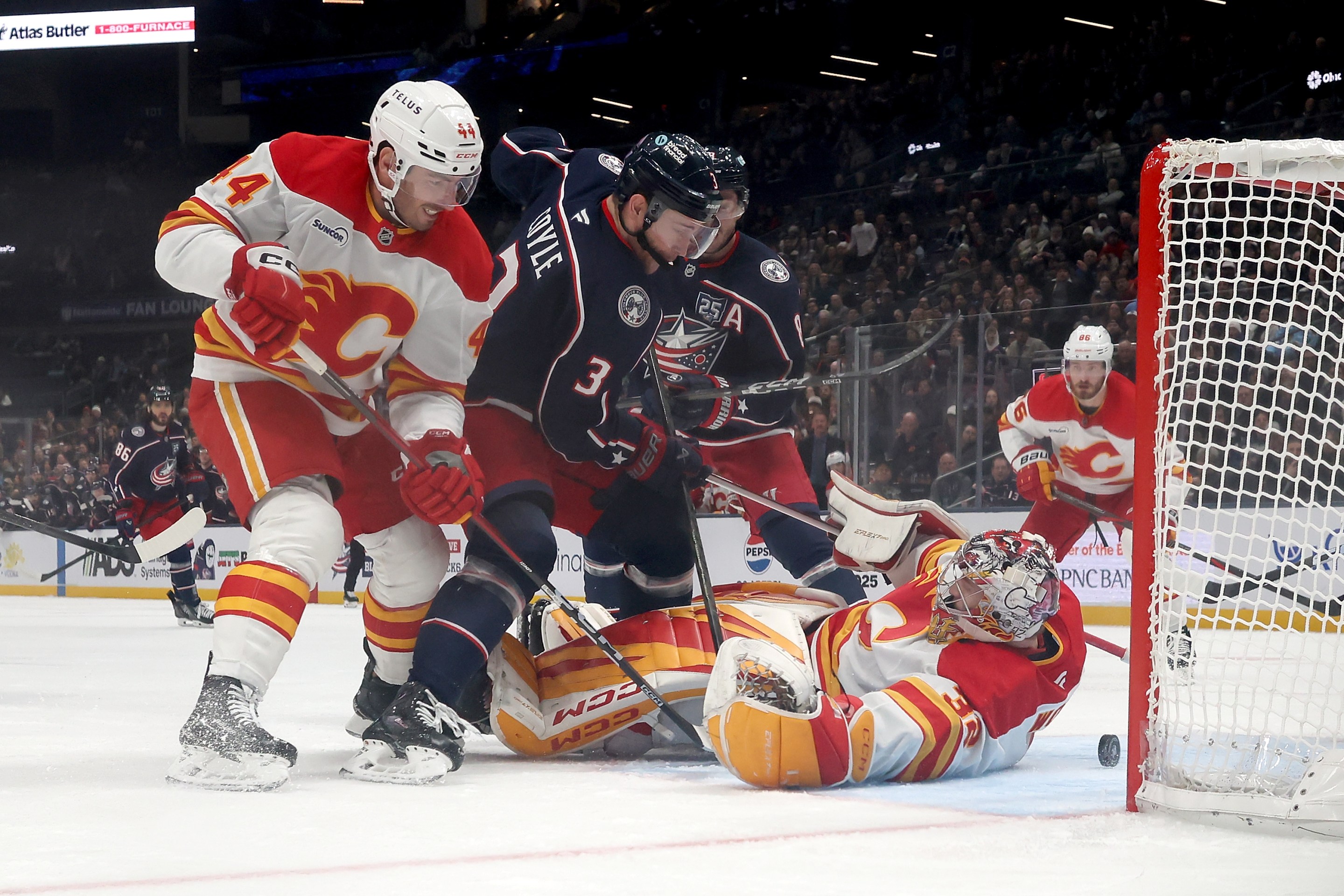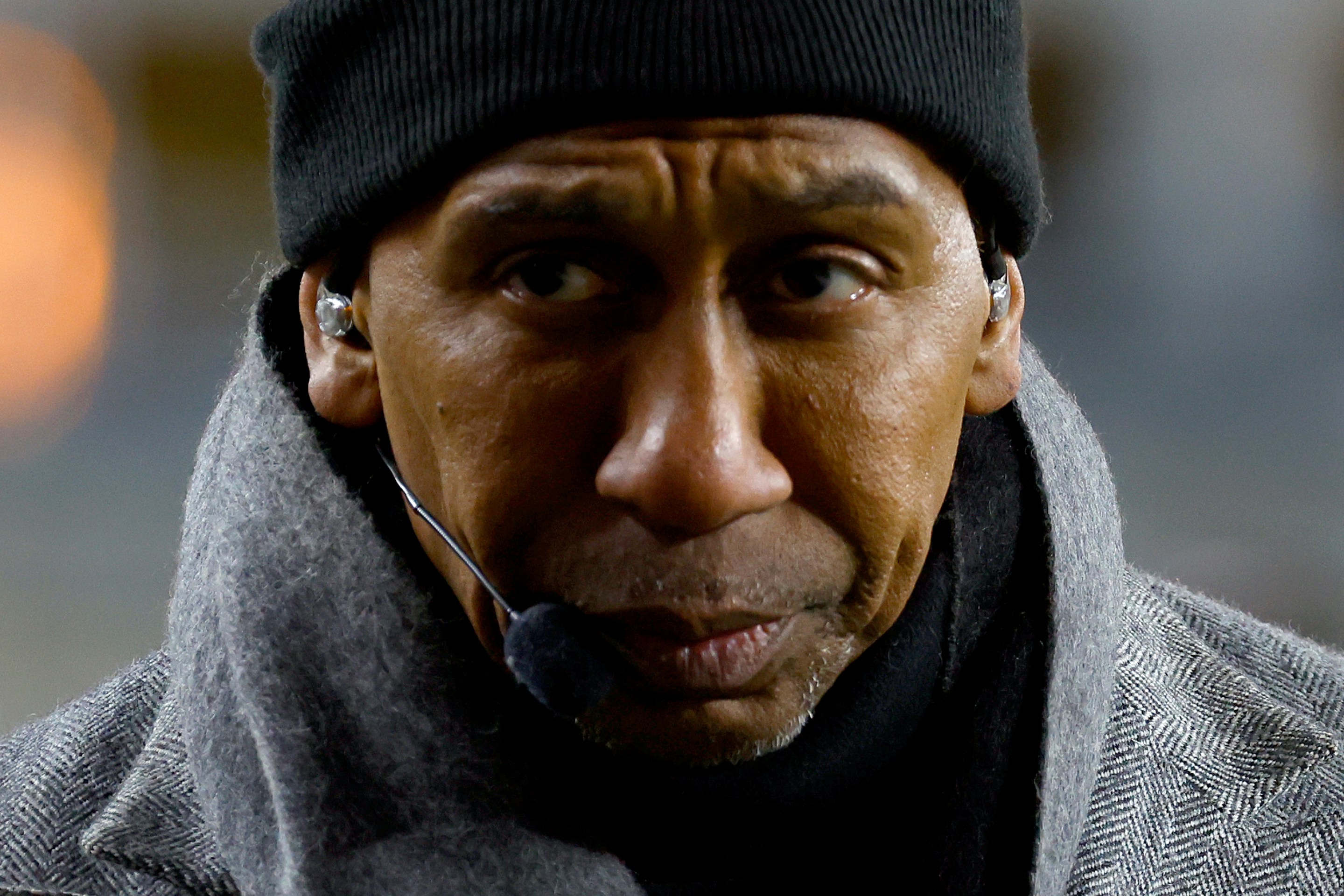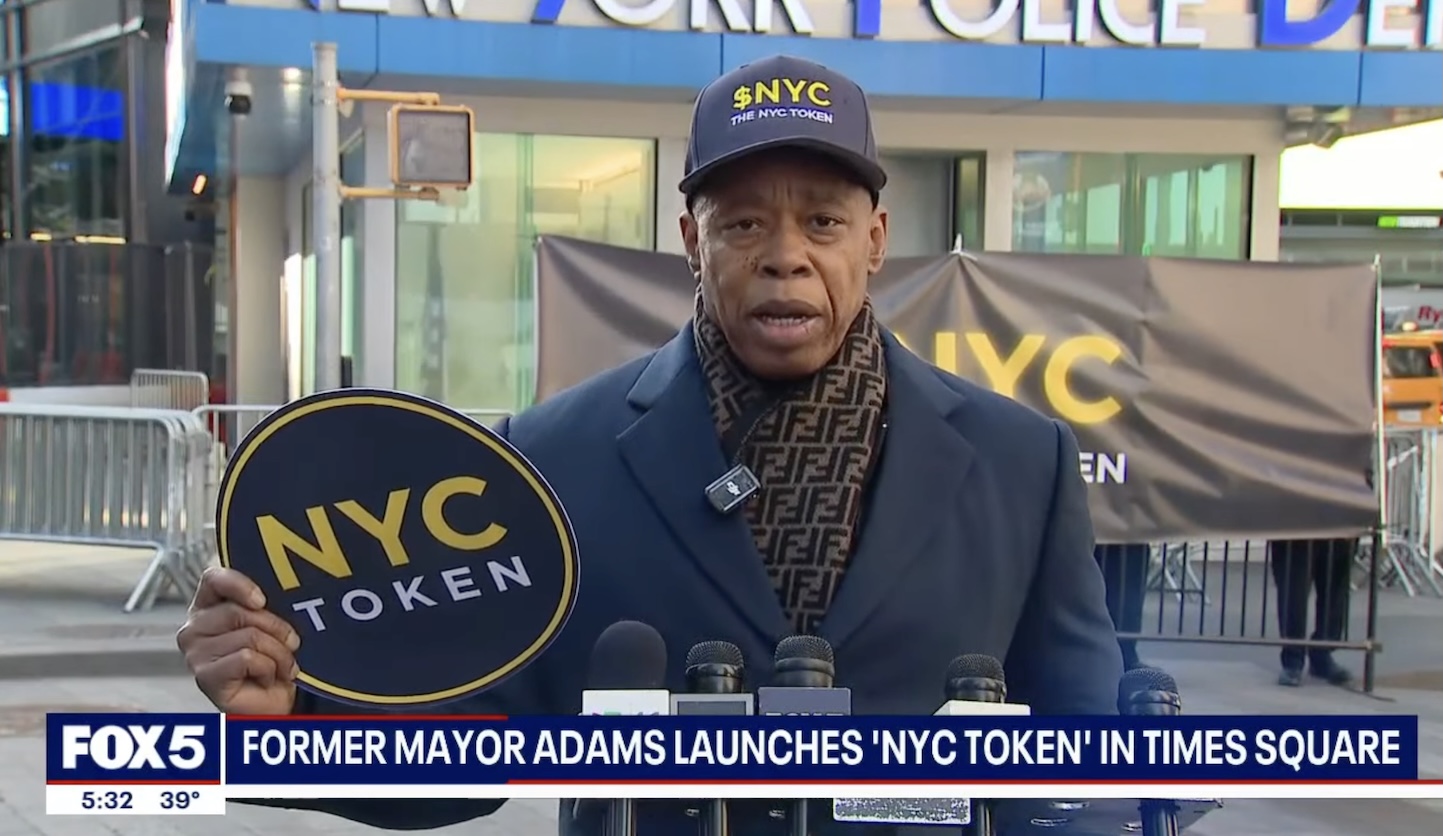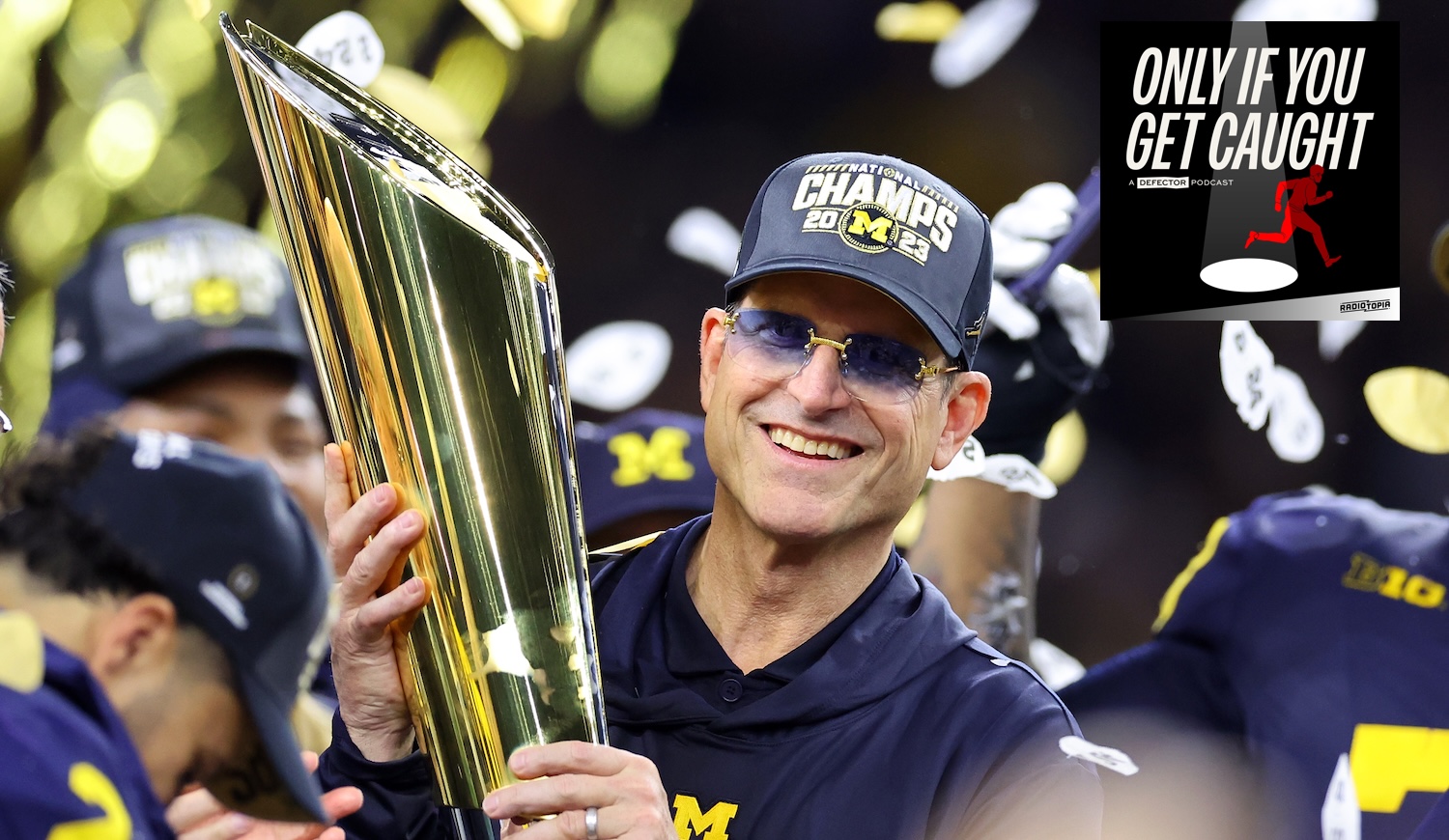On July 22, two overlapping teams of South Korean materials scientists announced to the world via a pair of papers uploaded to a preprint server that they had bagged one of the white whales of physics: the room-temperature superconductor. Clamorous debates kicked off within the theoretical and experimental physics communities as soon as the papers hit arXiv servers, and scientists began racing to replicate the teams' findings, seeking to answer two questions: Does it work? And why are the authors of the papers going to war with each other?
If the findings from the Quantum Energy Research Center (a private company founded in 2008 by Korea University scientists) can be verified and replicated by other physicists around the world, the ramifications would be incredible and the battle for credit would be fierce. If it all turns out to be bullshit, it will add another dramatic chapter to what has been a 112-year fight to plant a flag in physics history. It is remarkable that something with such historically significant potential is in such a public state of limbo: One would expect something so transformative to be vetted under extreme scrutiny before it becomes public, though when billions of dollars are at stake, the rules are different.
First, the basics. What is superconductivity and why does it matter? In lay terms, a superconductor is a material with zero electric resistance and infinite magnetic resistance. The physics of this are fascinating, so I called up the biophysical materials science researcher Steven Redford to have him explain it to me. (Disclosure: Yes, he's one of those Redfords, but also his ass really does have a PhD in this stuff.) "In superconducting materials, the electrons don't actually 'move,' an impulse moves through them," he said. To be more precise, they don’t bump into the atomic nuclei, they snake through in pairs.
The history of superconductivity is fascinatingly weird, with several experimental physicists making critical breakthroughs while attempting to test other, only obliquely related hypotheses. Heike Kamerlingh Onnes discovered superconductivity (really, his underlings did all the experimentation) in 1911 while testing the conductive properties of metals at extremely low temperatures. He set out to prove Einstein's theory of quantum oscillation, yet wound up discovering that certain metals under certain conditions presented zero electrical resistance. Twenty-two years and one World War later, Walther Meissner made another breakthrough when he found that superconductors are also perfect diamagnets; he was trying to figure out the path of a current through a superconductor, only to stumble into what we now know as the Meissner Effect. In 1957, John Bardeen, Leon Cooper, and John Robert Schrieffer beat Richard Feynman to the first coherent microscopic theory of superconductivity, and in 1986, Karl Müller and Johannes Bednorz discovered high-temperature superconductors. Since then, research has centered around finding and creating materials that exhibit superconductivity at increasingly high temperatures.
Superconductors in their current state are used in all sorts of advanced research, as hulking electromagnets, and in a few extremely limited cases as power lines, though their primary commercial application is in magnetic resonance imaging; the market for superconductors in MRI machines is estimated to double to $11 billion within the next seven years. But the thing about current superconductors is that they must be cold to work. Even so-called high-temperature superconductors are named as such because can be cooled by "just" liquid nitrogen rather than of liquid helium, so the extreme measures necessary to produce extreme temperatures are still economically prohibitive in most cases. This is why the room-temperature superconductor is thought of as not only a scientifically revolutionary material, but an economically hefty one.
If someone were to discover a material that exhibited superconductive properties at ambient temperatures, it could inaugurate revolutionary changes to computing, lay the technological groundwork for a power grid that's 15 percent more efficient, enable more widespread and more efficient use of renewables, prompt the construction of a tokamak worthy of Chris Thompson's demise, and let someone build a high-speed maglev train longer than 25 miles. We could see more efficient electric motors (good!) and the unveiling of the railgun (bad!). Essentially any device or machine whose capacity is currently hindered by the limits of electromagnetic potentiality would, with the help of superconductivity, be unshackled. The right patents on the right metals would alone be the foundation for a trillion-dollar company.
Because of the high stakes, the race to be the first to the room-temperature superconductor has been intensely competitive, though because of the maddeningly complex physics, equally full of false prophets. Ranga Dias is the most notorious and most recent of those who've promised alchemy and fallen short; he had a 2020 study a published in and then retracted by the prestigious journal Nature over funky data (Dias's colleague also alleged that his 2013 PhD thesis was rife with plagiarized data), and just last week, Physical Review Letters pulled a 2021 paper due to "data fabrication/falsification."
Which finally brings us to LK-99, the lead-copper alloy that the Korean research team claims is superconductive at ambient temperatures and pressures. The L and the K come from Sukbae Lee and Jihoon Kim, the two principal scientists who first started down this path in 1999. Their signature innovation was swapping out a bunch of lead ions for copper ions within the structure of a lead-apatite crystal. It took the team decades to develop and refine, "through numerous experiments with a clue found by chance," in their words, the relatively straightforward formula (cook up some lanarkite from lead oxide and lead sulfate, get in the kitchen and make some copper phosphide, combine and simmer at 1,700 degrees Fahrenheit for 20 hours.) Teams around the world (as well as this Twitter user) started fricasseeing up their own crystals as soon as the two papers hit the preprint servers, and they take such little time in the oven that some theoretical and practical (preliminary) test results have already been posted online.
While a great many have expressed deep skepticism, the early results have been promising. Berkeley's Sinead Griffin tested LK-99's properties in a computer simulation and reported in an arXiv preprint that the simulation "displays many key characteristics for high-TC superconductivity," given highly specific arrangements of copper and lead ions within the crystal lattice. A Chinese physicist and his Austrian counterpart collaborated on another simulation and reported that "such an electronic structure might support flat-band superconductivity." This is all on the computer though, and even the simulations note that the precise lattice structure of LK-99 is what enables superconductivity. So one would expect a bit more unevenness in the practical realm.
First claimed successful replication of LK-99
— Andrew Cote (@Andercot) August 1, 2023
Accomplished by a team at the Huazhong University of Science and Technology and posted 30 minutes ago.
Why this is evidence:
The LK-99 flake slightly levitates for both orientations of the magnetic field, meaning it is not simply a… pic.twitter.com/bh0x9oqaz2
On August 1, researchers from the Huazhong University of Science and Technology posted a video of a small nugget of LK-99 floating within a magnetic field. Their sample is tiny, and it took them a few tries to get it right, but they got there less than two weeks after the initial preprint hit the server. Another research team from Nanjing's Southeast University announced that they'd confirmed superconductivity of LK-99, though only at -261.7°F, nowhere near room temperature. Another Chinese team said they saw no superconductivity. Teams around the world are working on more simulations and tests, and while it's clear that LK-99 is not an instant silver bullet as currently constituted, it's equally clear that there's something worth investigating here. It is still too early to tell if it works and to what degree (meant both figuratively and literally, as in, what is the upper temperature limit). It's also not that easy to figure out who to credit or, if this all turns out to be nothing, who to blame.
The LK-99 team first submitted a paper to Nature in 2020, but because the journal had just been burned by the Dias scandal it rejected the LK-99 paper. That same year, Kim and Lee filed their first patent application, and one year later, the two scientists filed a second application alongside their Quantum Energy Research Center colleague, then-CTO Young-Wan Kwon. That patent was published Feb. 2023, the same month the QERC dropped a video showing the diamagnetic properties of LK-99.
In April, a six-author paper reporting on "the development of LK-99" outlining the "theoretical and experimental basis" of its alleged room-temperature superconductivity was published in the little-read Korean Journal of Crystal Growth and Crystal Technology. At this point, things start to get murky. Kwon is the fifth author on the April paper, though at some point in March, he left the QERC for unspecified reasons after serving as CTO for the critical five-year stretch where LK-99 progressed from idea to concrete substance. Lee gave an interview to Korean news agency Yonhap last week claiming that Kwon left in March, and a Korea University official confirmed that he no longer held a post at the school.
Lee was giving that interview in the first place because Kwon seized the initiative on July 22 when he uploaded the first of the two preprints to arXiv. That paper has an attention-grabbing title—The First Room-Temperature Ambient-Pressure Superconductor—two co-authors in Kim and Lee (Steven Redford told me that since the Nobel prize can only be split three ways, scientists who think they have a Nobel-worthy discovery will tend to submit three-author papers [see: Anantharaman, 2020]), and wonky data and a fundamentally incomplete picture of LK-99 as ambient superconductor ("They come off as real amateurs," theorist Michael Norman told Science. "They don't know much about superconductivity and the way they’ve presented some of the data is fishy.")
"Everyone is talking about it," Redford told me. "It was a huge staking of a claim, and everyone has gone justifiably batshit for it." Hours after Kwon, in Redford's words, "threw down the gauntlet," Lee and Kim answered his challenge, posting the far less sexy "Superconductor Pb10-xCux(PO4)6O showing levitation at room temperature and atmospheric pressure and mechanism" to arXiv. Lee and Kim are the first two authors of that paper, followed by Hyun-Tak Kim, Sungyeon Im, SooMin An, and Keun Ho Auh. Their paper is more scientifically sound than Kwon's, who seemed to rush a sloppy version of his paper out to be first to the punch, though their conclusions are no less grandiose. Kwon only shows up once in the acknowledgements, and he's only credited with helping QERC secure one particular grant, not for doing any science.
While the physics world was scrambling to test and replicate the findings, Kwon again shocked the Lee and Kim team by showing up unannounced at a symposium on metals in Korea on July 28 to presents his findings on LK-99. The evidence he offers for the alleged superconductivity is levitation within a magnetic field (supposedly proving the Meissner effect), though when pressed, he declined to conduct a demonstration. In Lee's interview with Yonhap, he disavowed the three-author paper, saying Kwon had uploaded it without his or Kim's permission (Hyun-Tak Kim of William & Mary spoke with New Scientist and said Kwon's paper had "many defects.") Lee also acknowledged that the six-author paper he and his colleagues posted to arXiv was an incomplete, in-progress work, their hand forced by Kwon publishing his paper.
Just listening to an impressive talk of one of the coauthors of the room-temperature superconductor #LK99 at Korea university, Young-Wan Kwon. Just one of the great experiences of the MML2023 conference in Seoul. #MML23 pic.twitter.com/LAZNMwy4we
— Tom S. Seifert (@TeraTom_S) July 28, 2023
This leaves us in a fascinating state of limbo. Kwon's motivations in rushing the information out were certainly self-interested, and the manner in which he trampled over Lee and Kim was rude and potentially damaging to the already marred credibility of superconductivity research. And yet, he probably played a vital role in accelerating the development and testing of LK-99 and LK-99-like materials across the world, especially by drawing Lee and Kim's team out. They haven't yet published any paper or even formally submitted one for peer review, though their reputations are also on the line here. This is fascinating, grimy, unseemly competition, and it's probably the fastest way to find out whether this is real or not. Whether or not you and I will wind up benefitting from any of this at any point in our lifetimes, the potentiality of ambient superconductivity is mouthwatering enough to justify the drama.
